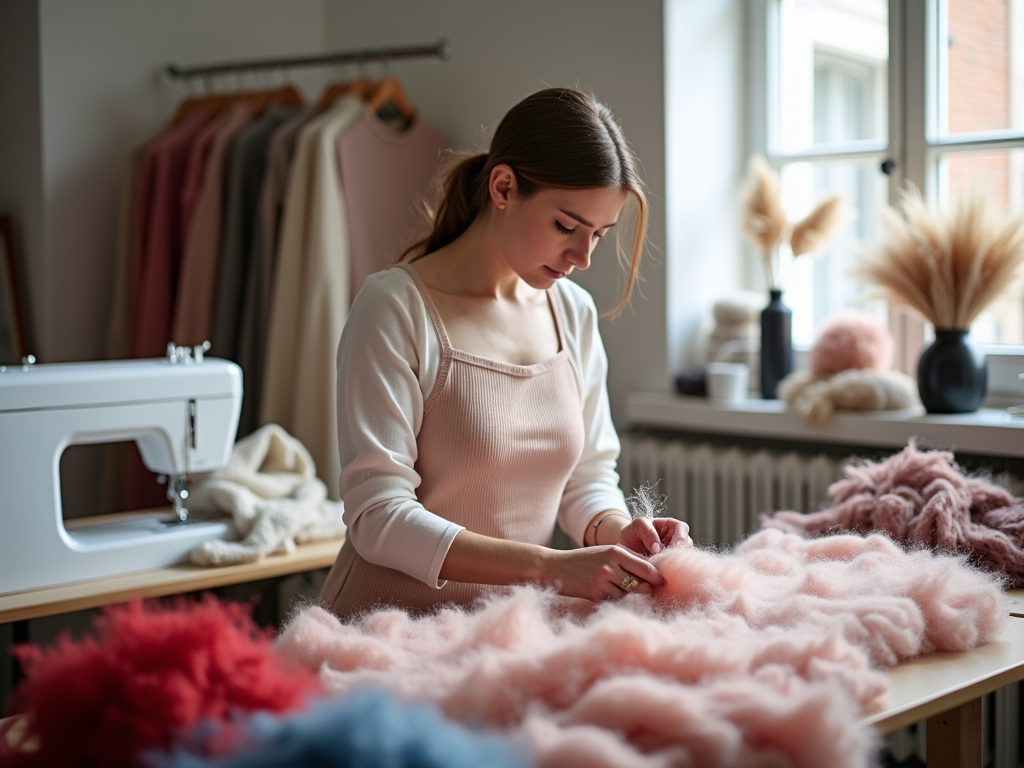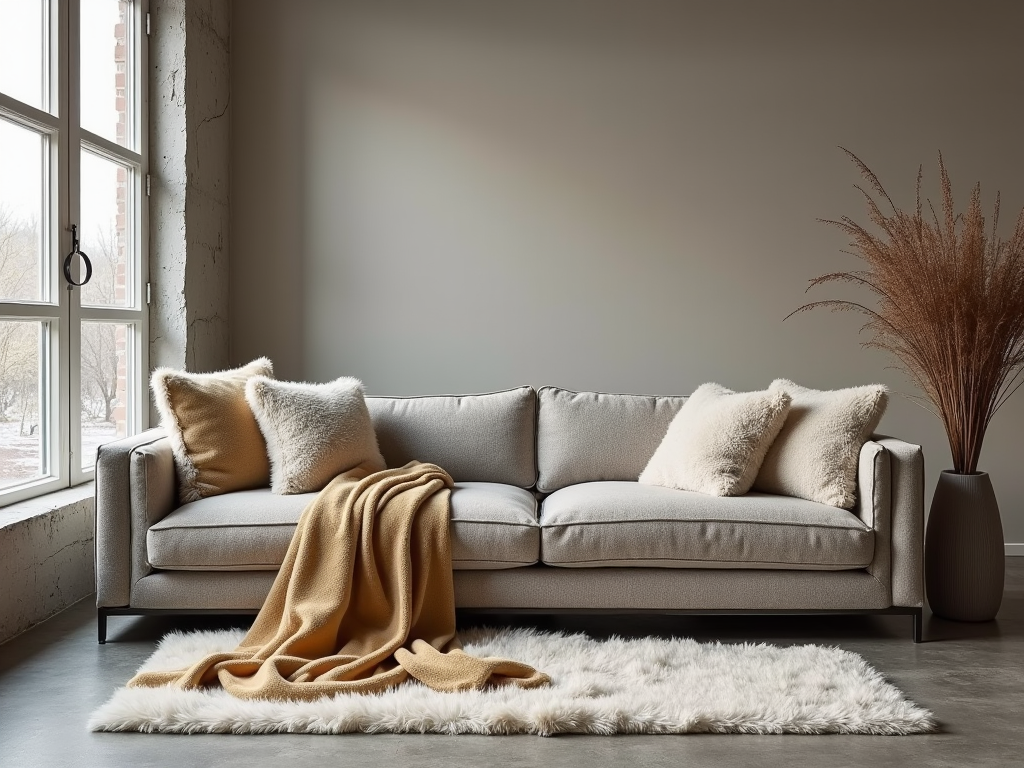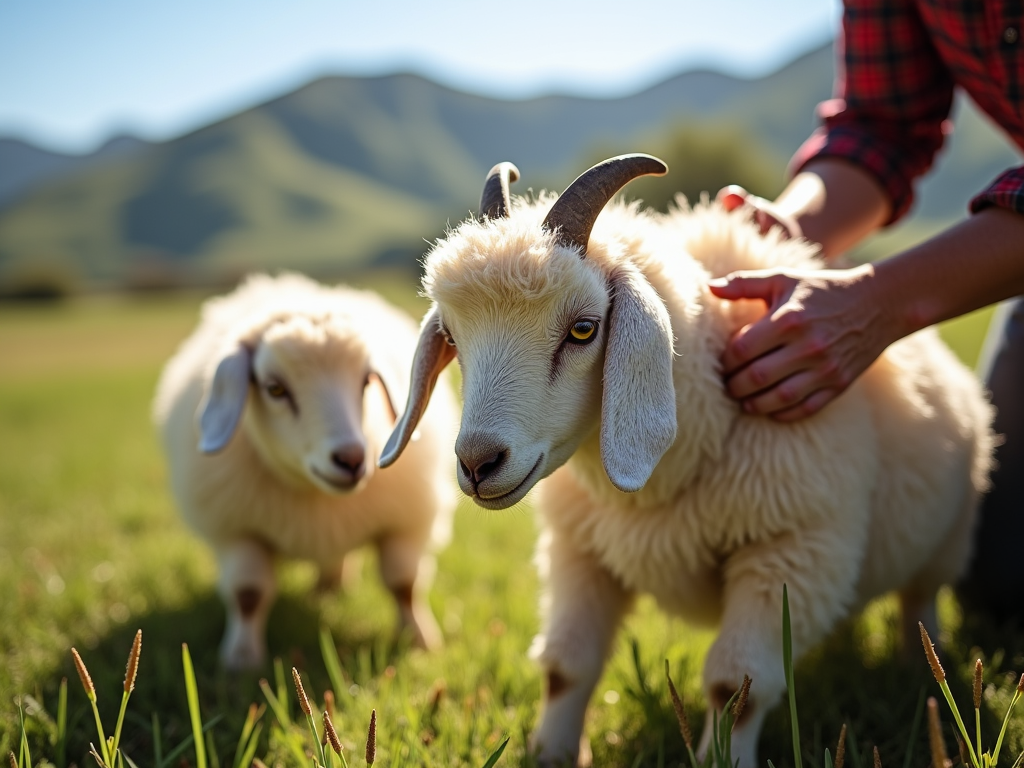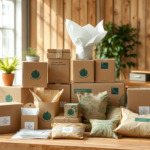Mohair is a luxurious textile fiber that is derived from the hair of the Angora goat. Known for its softness, durability, and luster, mohair is highly sought after in the textile industry for producing high-quality garments and fabrics. Its unique properties make it a valuable material for designers and manufacturers, offering both aesthetic appeal and functional advantages.
Understanding Mohair

Mohair is obtained from the Angora goat, which is primarily found in South Africa, Turkey, and the United States. These goats are sheared twice a year, allowing the fiber to be sustainably harvested without harming the animals. Mohair is famous for its bright sheen and resilience, qualities that distinguish it from other natural fibers. Its fibers can be dyed in vibrant colors and are often used for high-end fashion due to their ability to maintain their appearance over time.
Unique Properties of Mohair

One of the standout attributes of mohair is its silk-like texture, which contributes to its soft and luxurious feel. Additionally, it is renowned for its strength; mohair fibers are long and smooth, which minimizes piling and enhances durability. These characteristics make mohair an excellent option for creating tailored clothing, home décor, and accessories. Apart from aesthetics, mohair fibers possess excellent insulating properties, providing warmth in winter and a cool touch in warmer climates.
The process of producing mohair fiber involves several careful steps. To ensure quality, shearing of the Angora goats is conducted in a controlled manner. The raw fibers are then cleaned to remove any impurities before being carded and spun into yarn. This yarn is what allows mohair’s many virtues to shine in varied applications. Production not only involves meticulous attention to detail but also demands sustainability and ethical practices, ensuring both animal welfare and environmental protection are upheld.
Applications in the Textile Industry
Mohair’s versatility is showcased in its wide range of applications within the textile industry. Here are some of its primary uses:
- Clothing: From suits and jackets to sweaters and scarves, mohair’s elegant finish makes it a staple in high-fashion garments.
- Home Textiles: Mohair’s durability and aesthetic appeal make it a popular choice for upholstery, drapery, and luxurious throws.
- Accessories: It is also utilized in making sophisticated accessories such as hats, gloves, and socks, valued for its insulating properties.
The textile industry favors mohair not just for clothing but also for these diverse applications, enhancing the comfort and aesthetic of products worldwide.
Conclusion
Mohair is a prestigious fiber celebrated for its unique blend of beauty and performance. Its luxurious softness, brilliant luster, and durability make it a favored material in high-end fashion and home décor. The sustainable and ethical production processes promote a positive impact both environmentally and economically, ensuring mohair’s place as a valuable asset in the textile industry. As consumers continue to value quality and style, mohair remains at the forefront of desirable and highly regarded natural fibers.
Frequently Asked Questions
1. What makes mohair different from other fibers?
Mohair differentiates itself with its unique luster, strength, and the ability to take on vibrant colors, a combination not commonly found in other fibers.
2. Is mohair sustainable and ethical?
Yes, mohair is sustainable and ethically produced. Shearing of Angora goats is done in a humane manner, and the fibers are harvested without harm to the animals.
3. How should I care for mohair garments?
Mohair garments should be cleaned according to the care instructions provided, often suggesting dry cleaning or gentle hand washing to maintain their quality and longevity.
4. Can mohair be worn in warm weather?
Yes, mohair fibers are breathable and provide a comfortable feel, making it suitable for garments in both warm and cold climates.
5. Where can I buy genuine mohair products?
Genuine mohair products can be found in high-end fashion boutiques, specialty textile stores, and through reputable online retailers that specify the material composition.





